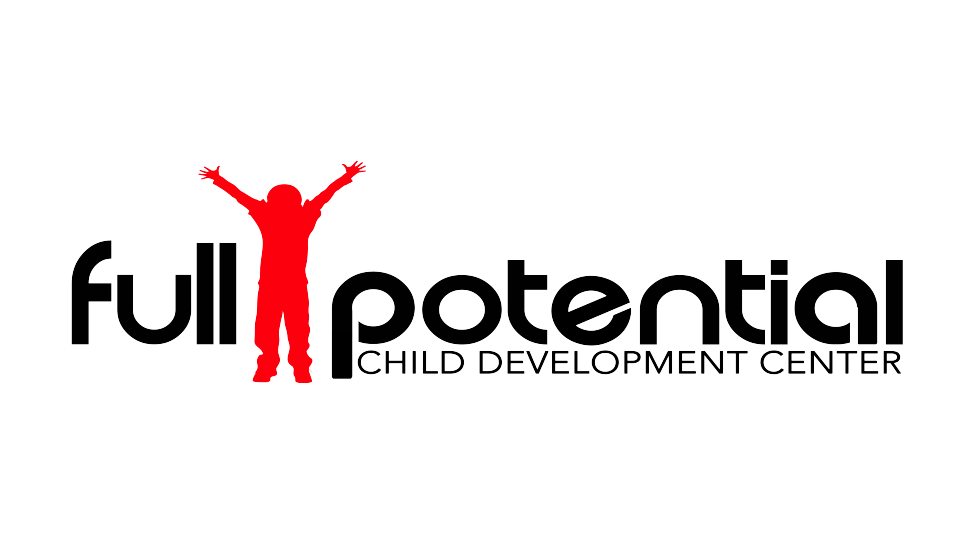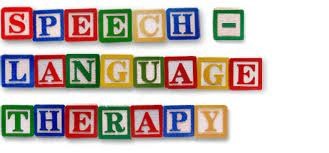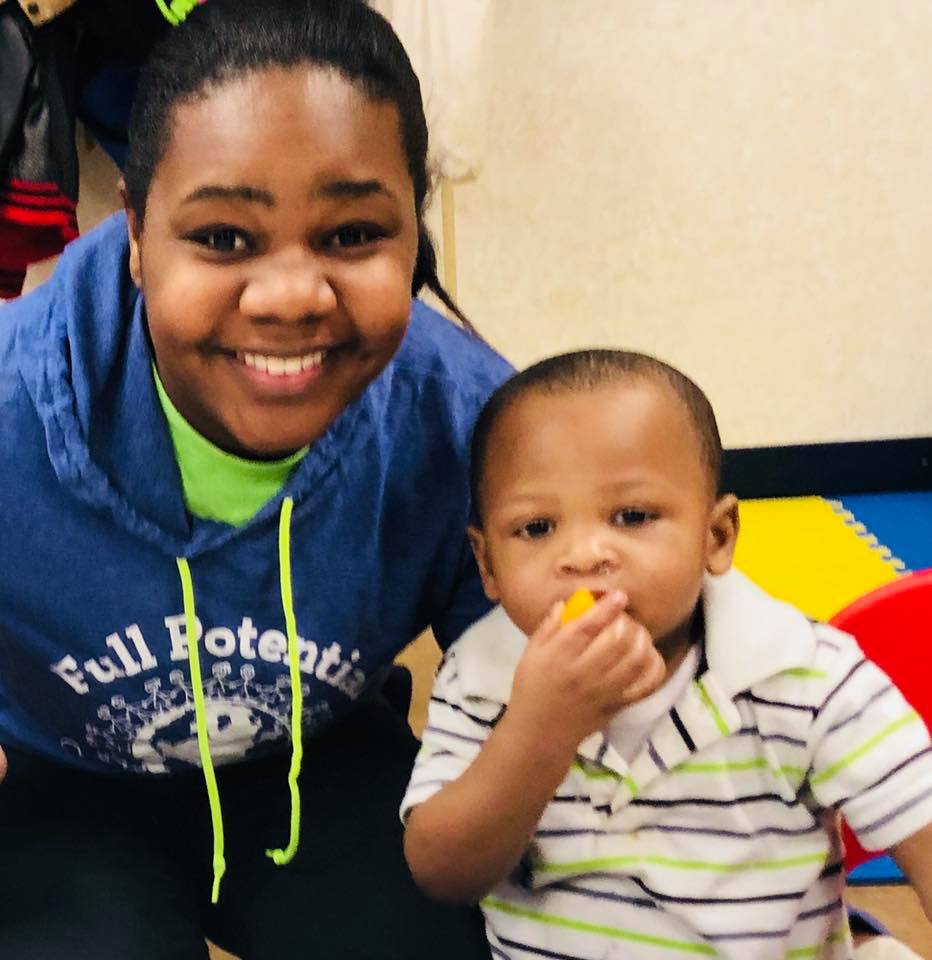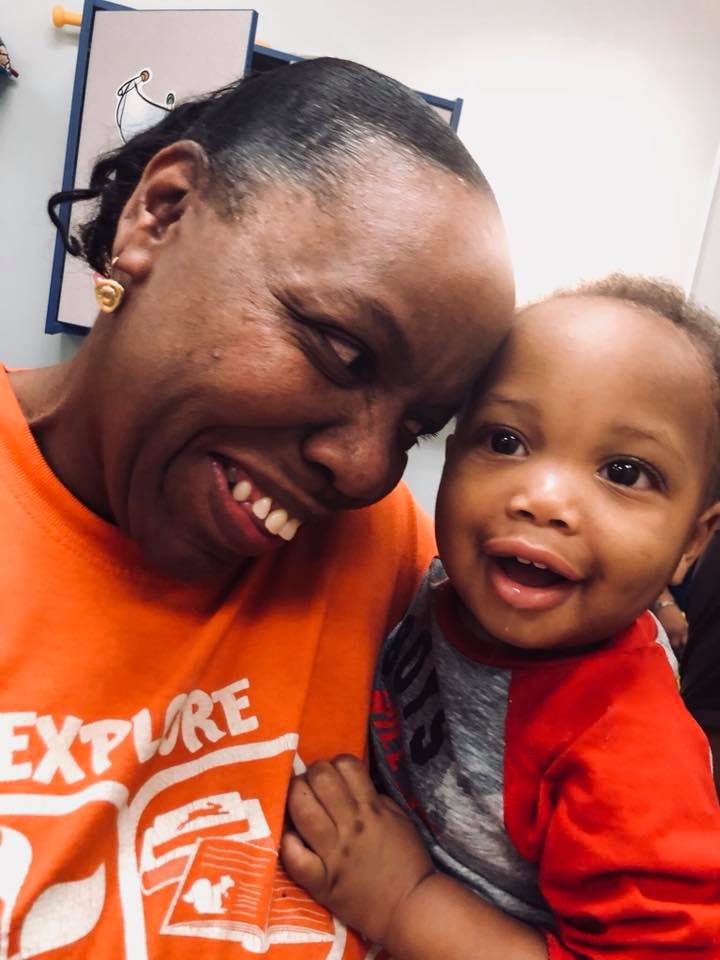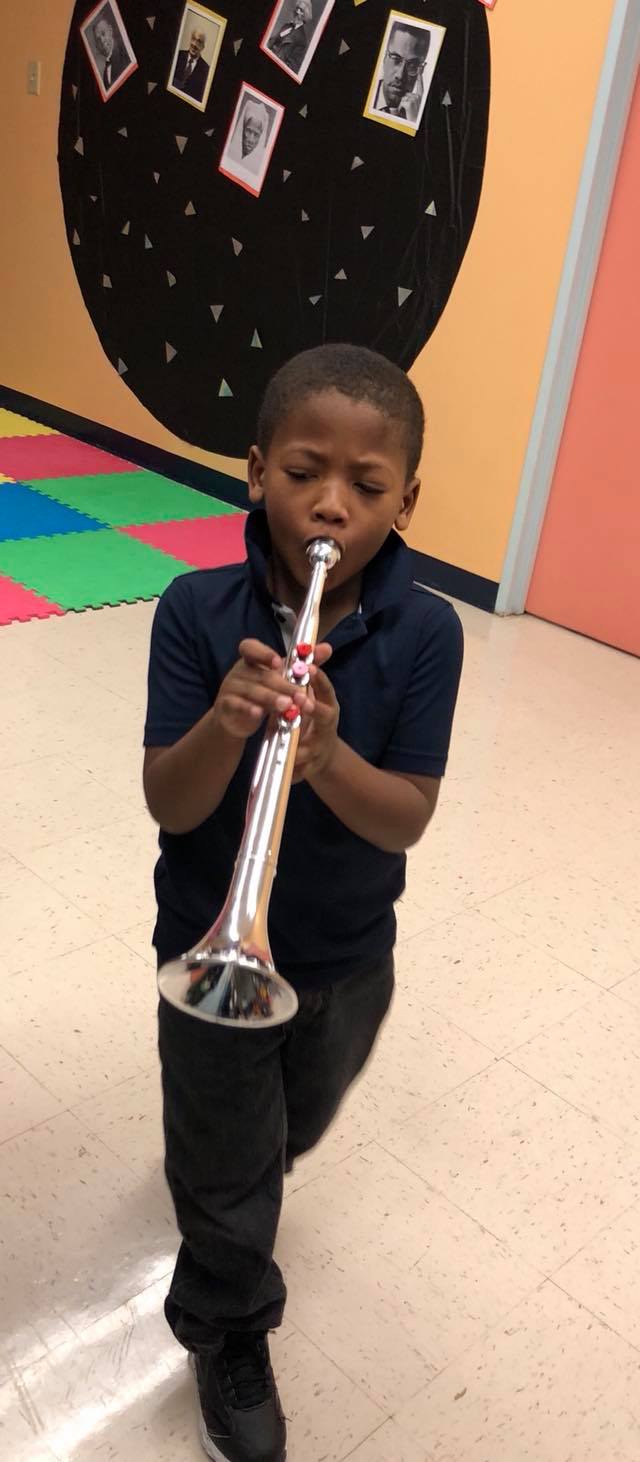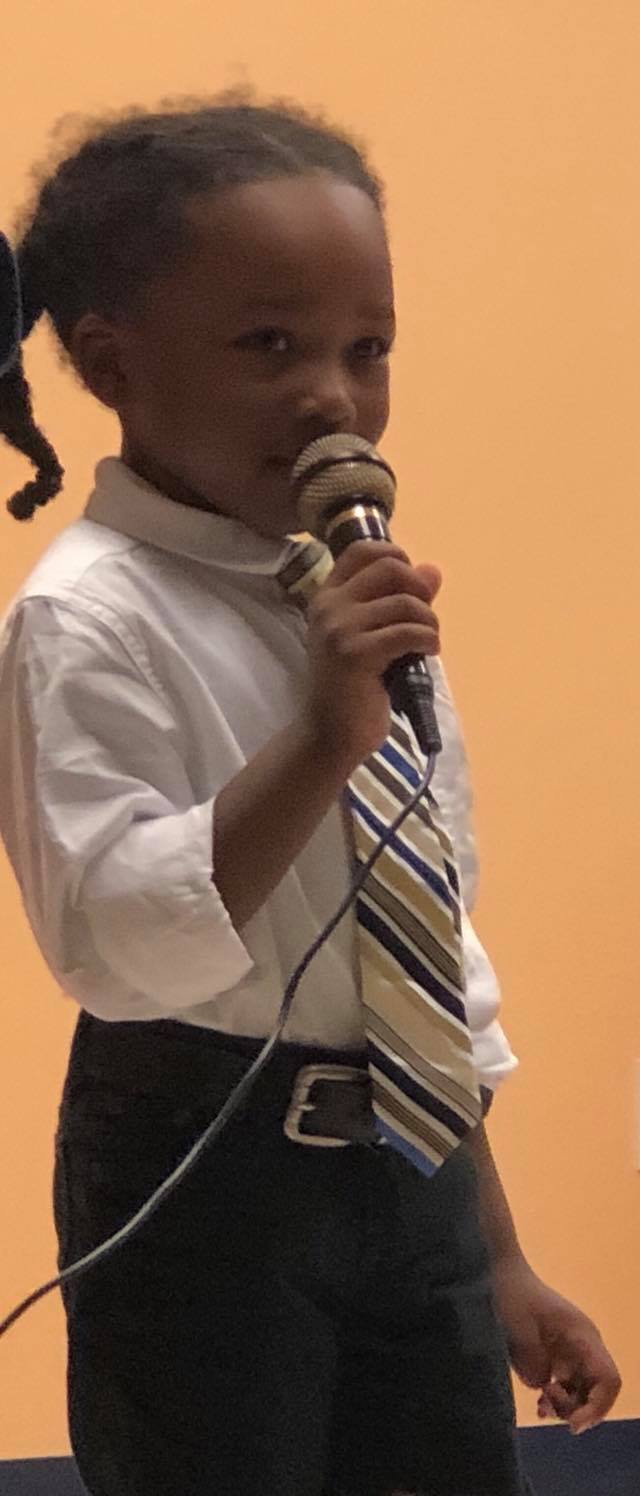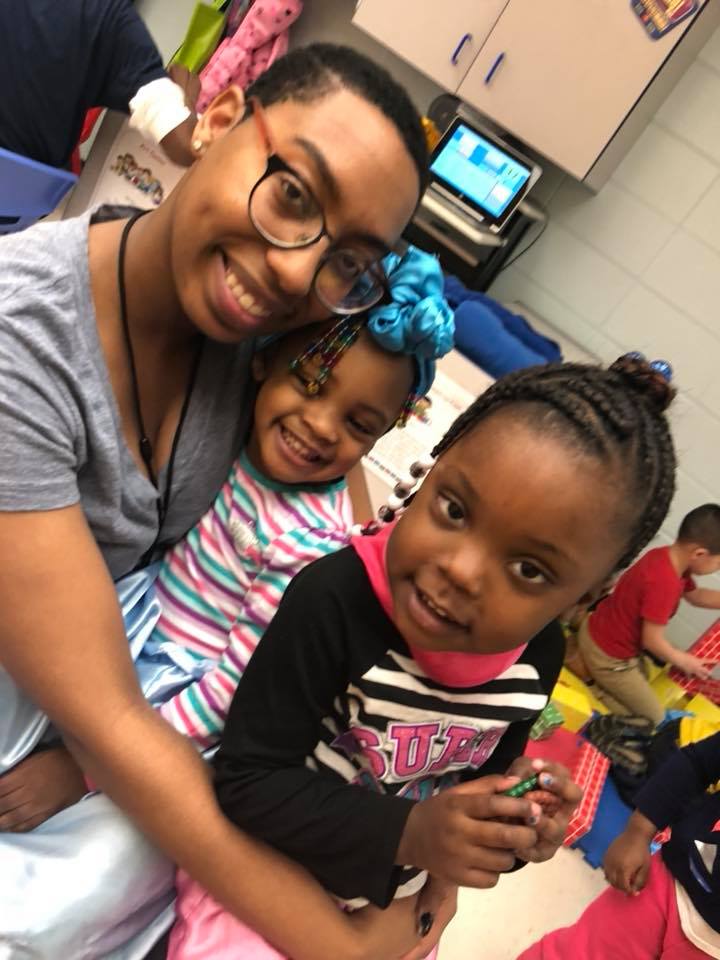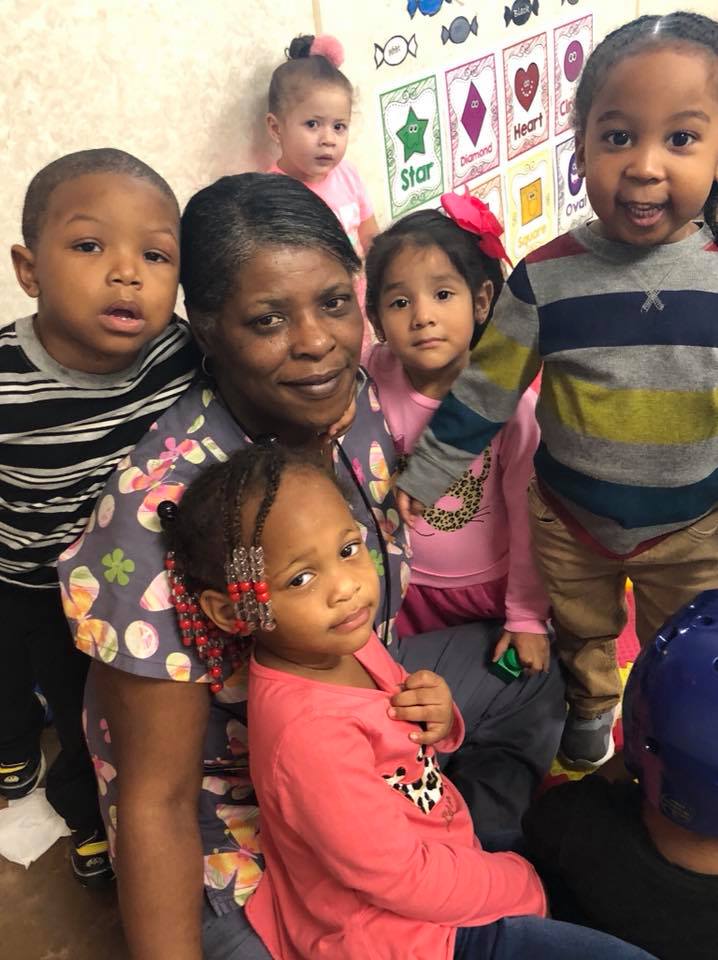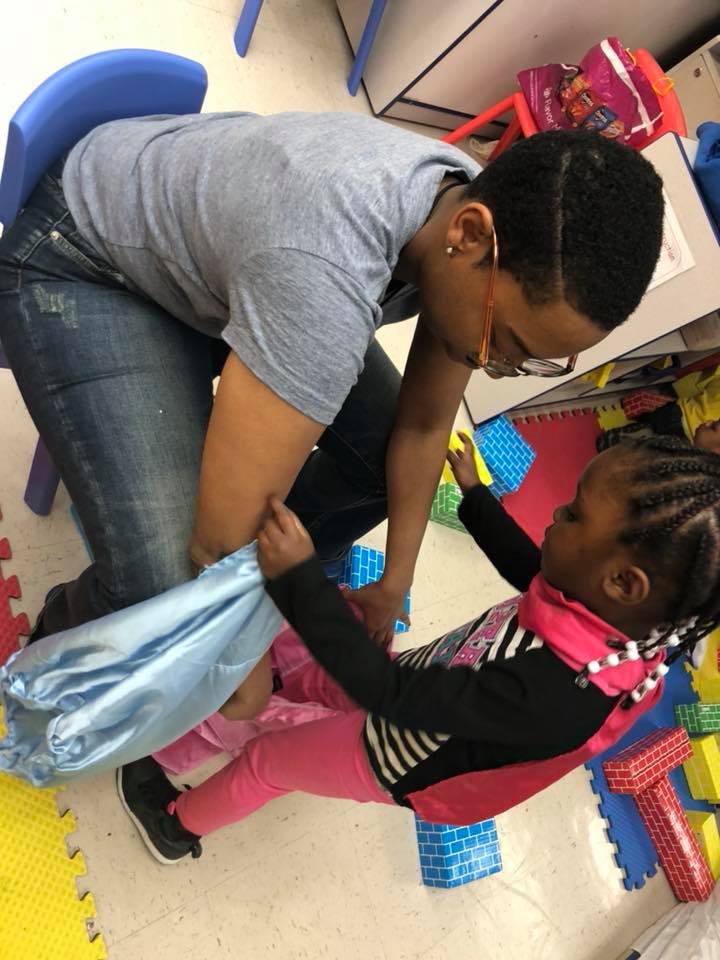The goal of a Speech and Language Pathologist, sometimes known as an SLP, is to enable children to manage their disability/difficulties for further success in the educational environment, and to support classroom objectives and expectations.
Here are some isses that a Speech-Language Pathologist treats:
- Articulation- This is commonly seen in kids over the age of three and we don't even test for this until they are at least two.
- Non-verbal expressions and gestures- This is the use of sign language or a Picture Exchange Communication System (PECS) to communicate.
- Receptive language- This is one of the most common diagnosis that we treat. Peoplecan have delays and problems with receptive language throughout every stage of life. This can be due to a syndrome, abuse, stroke, family history of delay,and neglect. Some reasons are still unknown.
- Syntax- This is typically not treated in younger children, as this diagnosis typically does not occur until school age.
- Stuttering/Fluency- This is not very common but we do see it. An important thing to note is that the stuttering has to have lasted longer than 6 months without any improvement. It is also best that parents do not point it out to their child because this could make it worse. If the parent can get audio clips of the child stuttering this is very helpful in the evaluation.
- Semantics- We do not treat this in younger children, as it typically does not occur until school age.
- Voice- There are cases of vocal cord paralysis, cleft, etc. that would require voice therapy, but this is usually treated for older adults that have damage or nodules.
- Swallowing- Can the child swallow? Is the child safe to swallow? Do they need thickeners? Can we determine the cause of swallowing issues?
- Feeding- There can be two types of feeding problems:
- Oral motor- Does the child has the structures that are required to eat, such as muscles that are strong enough to chew food? Examples of this is if tongue move food side to side or are there enough jaw strength to chew up hard foods?
- Sensory- All the structures and muscles are working fine; however a certain taste, texture, or temperature is causing the child to gag, refuse to eat, or throw up. We often see sensory feeding issues most commonly in children with Autism.
- Intonation- They talk “flat”. Usually only treat this in older kids or adults
- Social language skills- We start to work on this with little kids; however do not receive a formal diagnosis until school age. This is often something simple like saying please and thank-you.
- AAC evaluations- AAC stands for Augmentvie Alternative Communication Device. This is used for non-verbal children/adults or children/adults that for some reason are unable to talk (ex. ALS clients). This is put in to place when therapy has not been successful in enabling the client to verbally talk/or communicate using picture symbols or they have a progressive disease that is causing them to lose the ability to talk or move. This device allows the patient to push/eye-gaze at a button or a series of buttons to convey a message. The two children I have treated/evaluated for AAC devices were both children with Autism but there are other cases in which an AAC device is the best means of communication.
